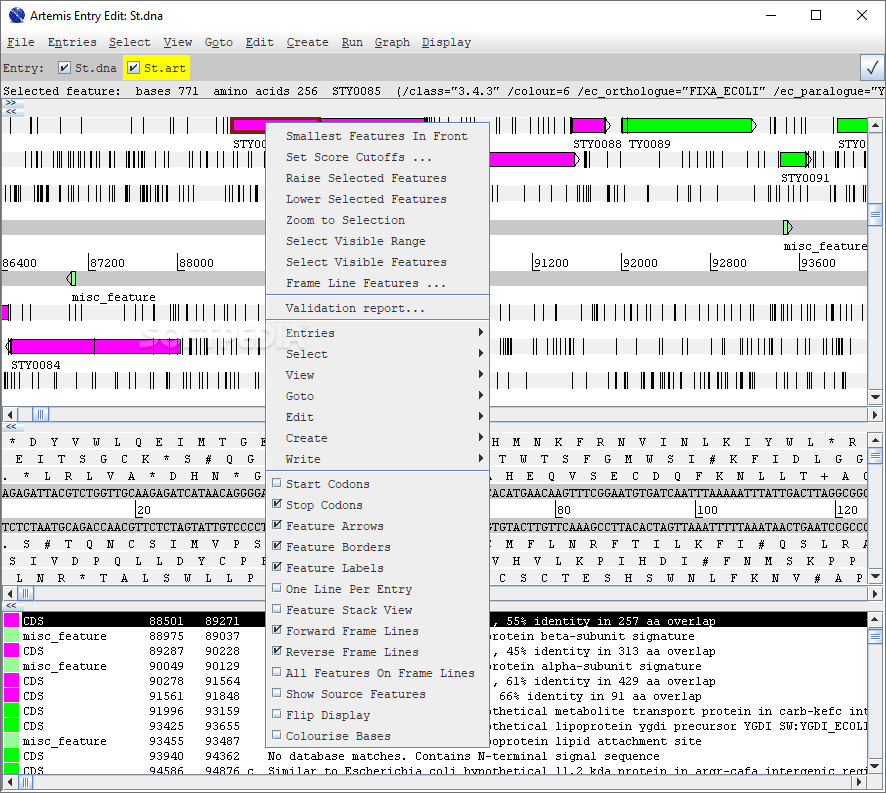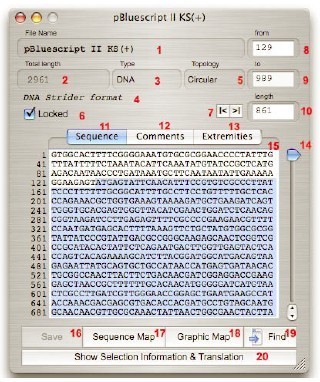

You need to identify the specific Genbank-like formatted feature annotations file related to the specific molecule you are trying to port over to Serial Cloner. The file with the feature annotations will end in. Your project folder may or may not have additional files with the same extension in it depending on how you choose to work with UGENE and its project and documents. You need to indentify the specific sequence file related to the specific molecule you are trying to port over to Serial Cloner. The UGENE sequence will be a FASTA format sequence file ending in. You do not need any information from this file to perform the conversion, but examining it in your text editor or UGENE may help you identify the specific, related sequence and feature annotations files you need to do the conversion. The sequence and annotations files should be together in the project folder along with your project data information file that ends in the extension. Typically when you are just starting to use UGENE, each molecule will have three files:
Analyze sequencing results serial cloner how to#
How to do this requires some examination of your UGENE files. You'll need to find the sequence and the associated annotations that UGENE generated. Step 1: locate UGENE-generated files you'll need Maps) with features and restriction sites indicated.
Analyze sequencing results serial cloner full#
One of the reasons for possibly doing this is in order to take advantage of the tools in Serial Cloner that UGENE seems to lack/approaches differently, in particular Serial Cloner allows for easily making and printing full graphical Graph Maps or classical restriction sequence maps ( Seq. The annotated features from Unipro UGENE will ultimately be intact and displayed in Serial Cloner if you follow this process. This describes how to take a sequence with annotated features and move it into Serial Cloner with your favorite text editor and minimal effort.

Converting a Unipro UGENE sequence to Serial Cloner


 0 kommentar(er)
0 kommentar(er)
